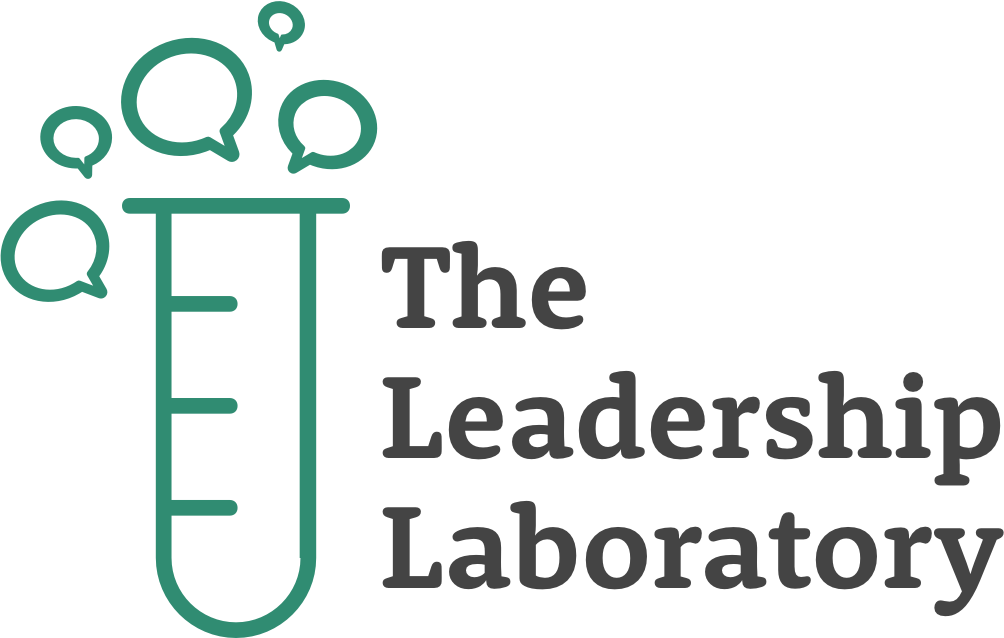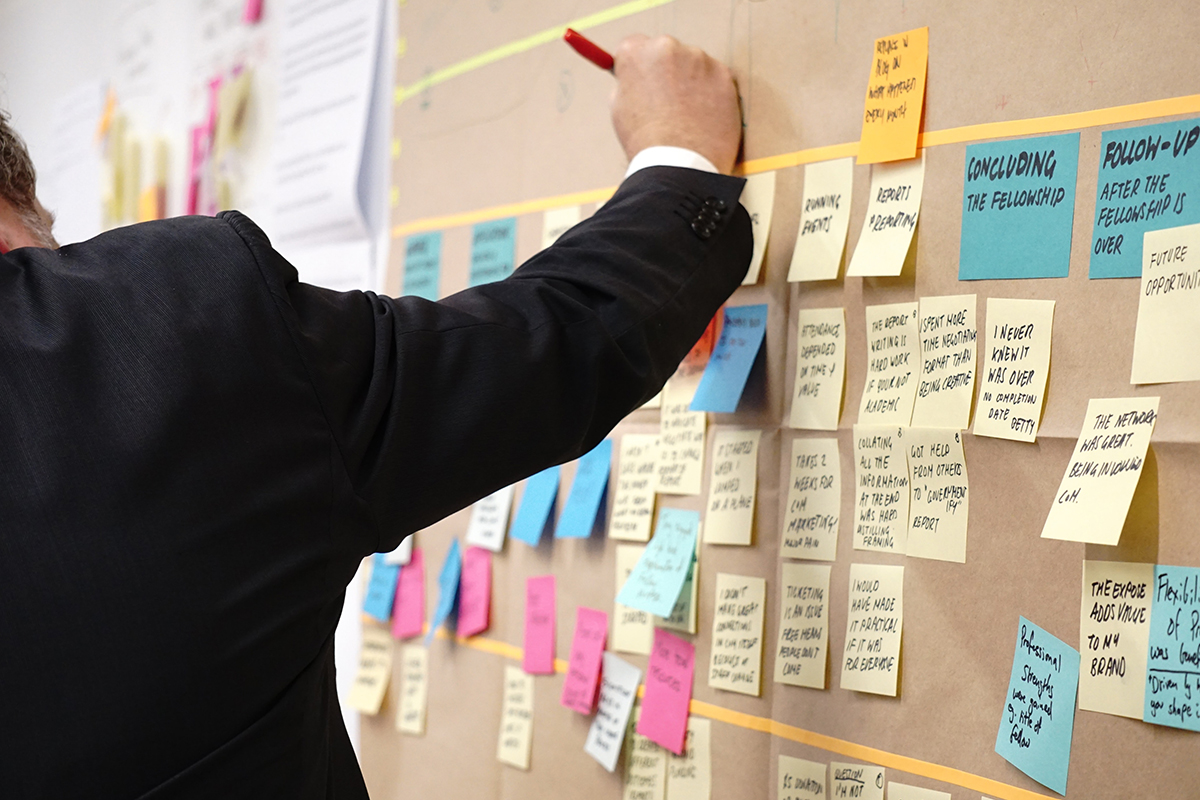Written by Jacob Goldstein — Executive Director
Interested in workshops on this topic for you and your team? Visit the Organizational Development + Design page for recommended interactive learning experiences from The Leadership Laboratory for emerging and established leaders in your organization.
In World War II, researchers from the Center for Naval Analyses conducted a study of the damage done to the US Aircrafts that had successfully returned home from missions. In an effort to protect the soldiers on the plane, they wanted to take a deeper dive into a potential redesign and determine how they could make the planes even safer during missions. Many of the planes returning to the base had pretty significant damages, and the team at the CNA devised a plan to highlight the areas most frequently damaged, and came up with the following model:

In contemplating the redesign, the team’s plan was to add additional armor to these areas in order to minimize the damage in an effort to ultimately save lives. This logic makes sense – we can see that these returning airplanes are experiencing the most common problems in these areas indicated in red above, so naturally adding additional support to those areas should be our first fix.
Statistician Abraham Wald disagreed. As a member of the team, he acknowledged that the study only considered the aircraft that had survived the mission; the airplanes shot down were not present for the damage assessment, and thus showcased an incomplete data set. Wald argued that the holes in the retuning airplanes indicated areas where a plane could be damaged and still make it home. Wald, in turn, proposed the exact opposite recommendation, suggesting that adding additional armor to the areas without any damage indicated should get the extra protection in order to bring even more planes, and thus soldiers, back home. He was right.
Wald’s research is an example of survivorship bias: the idea that we should look at the successes to determine the most accurate recipe to replicate that result. In this situation, the team reviewed only the surviving airplanes to determine the changes they should make, instead of acknowledging that their sample size left out very important clues and information.
As leaders, being conscious of various biases helps us to ensure the decisions we make are not only based on science and research, but include the right science and research. In addition to the example listed above, keep these other biases in mind as well:
AFFINITY BIAS: The unconscious tendency to get along with others who are like us. As a part of relationship building, finding common ground is an incredibly helpful starting point. Be wary of having favoritism towards individuals strictly because of this similarity, such as the same hometown or same alma mater. This shows up often, and is typically reframed as “being a culture fit”.
HALO / HORNS EFFECT: The likelihood that I’ll let what I know and feel about your accomplishments / negative traits impact what I perceive about other unrelated parts of who they are. We may view individuals who went to a highly regarded university or achieved a prestigious award more favorably at other unrelated skill sets or situations. Similarly, we tend to view work product or intentions from individuals with whom may have rubbed us the wrong way as more inappropriate or intentionally malicious than our Halo Effect counterparts.
CONFIRMATION BIAS: Our natural disposition to seek out information that directly confirms what we already believe about a subject, person, or situation. If we have already formed an opinion, we are often seeking confirmation of that opinion, instead of seeking out various points of view and making new decisions based on a more complete set of data.
RECENCY BIAS: This highlights our likelihood to make a decision based on the most recent data point we’ve seen. For example, think about your server at a restaurant naming the salad dressing options; we’re more likely to choose the more recently shared option as that’s what we remember most. If considering a variety of options in a workplace decision, leverage strong note taking to help curb recency bias in your decision making.
As you reflect on upcoming challenges your team will be working to solve – how can YOU work to bust biases that may be serving as decision making blind spots?
The Leadership Laboratory is a nation-wide, Chicago-based learning and leadership development company. We build and facilitate custom team and leadership development workshops aimed at transforming the way we lead our work and people. Through interactive workshops, participants will experience customized professional development for emerging and new leaders, established and senior leaders, and teams of all sizes. Feel free to browse our website, www.leadershipdevelopmentlab.com, to learn more about our team building workshop and leadership development programs.

